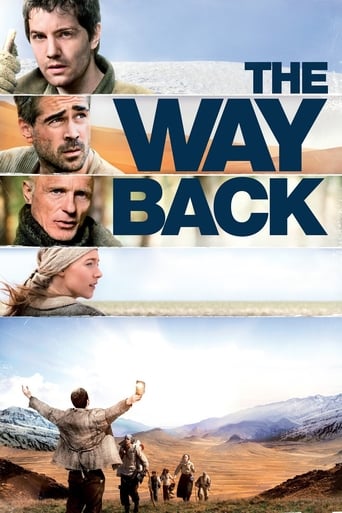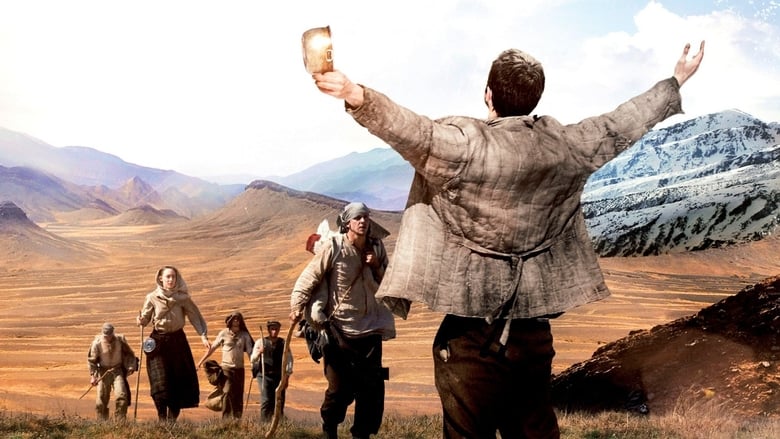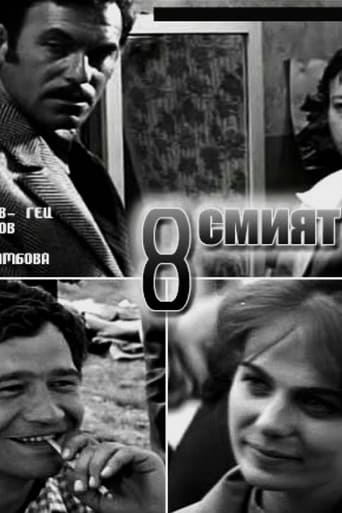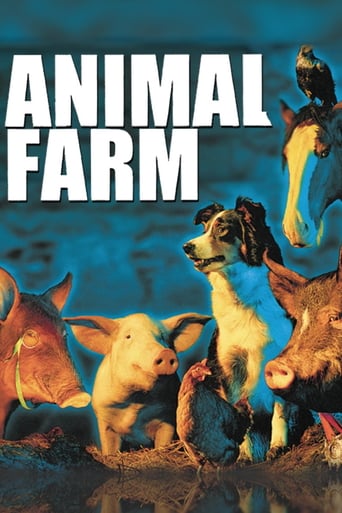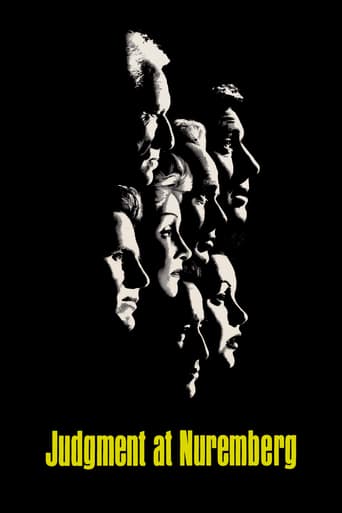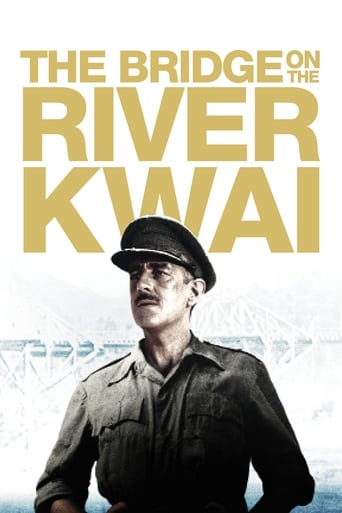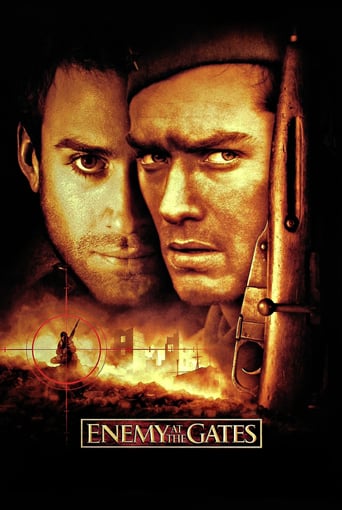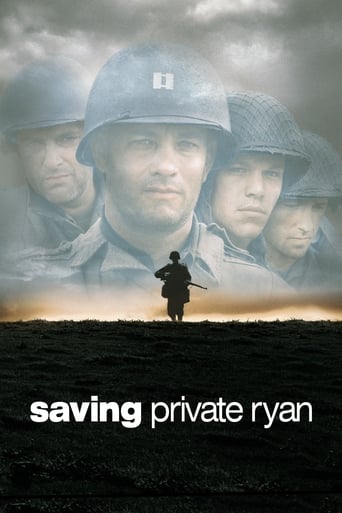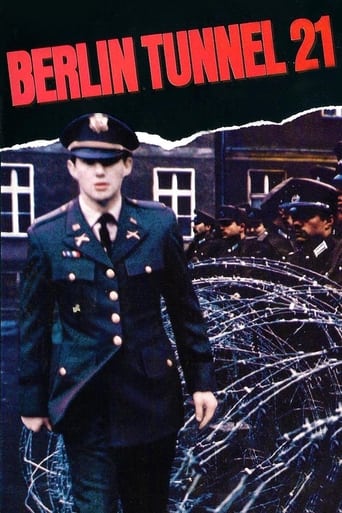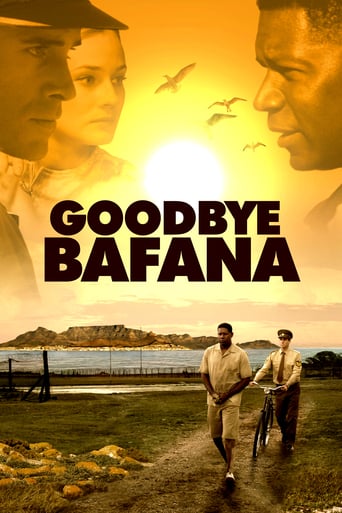The Way Back (2011)
At the dawn of WWII, several men escape from a Russian gulag—to take a perilous and uncertain journey to freedom as they cross deserts, mountains and several nations.
Watch Trailer
Cast


Similar titles
Reviews
Purely Joyful Movie!
Powerful
Wow! What a bizarre film! Unfortunately the few funny moments there were were quite overshadowed by it's completely weird and random vibe throughout.
The movie's neither hopeful in contrived ways, nor hopeless in different contrived ways. Somehow it manages to be wonderful
This film was truly an experience to watch. The events of this film are based on the story recounted by Slavomir Rawicz, a polish army lieutenant who managed to escape from a Siberian gulag during the second world war and walked to freedom in India. Peter Weir uses this story and some imagination to produce the sometimes fantasy-like plot for the film. In the opening scenes, Janusz, the protagonist, is being interrogated on charges of spying for the Allied powers, but refuses to sign a confession even after his wife is forced to falsely testify against him. This sort of corruption was not unusual in the USSR during this time, further developing the exposition for the film. The film also does a great job of depicting the experiences of prisoners in these gulags. Upon their arrival, the commandant of the camp explains the true viciousness and harshness of the natural environment in these camps, and that this ought to be feared more so than the guards, officers or work. This is an accurate picture of the gulags, especially in Siberia, where bitter-cold temperatures, sudden storms and other harsh conditions took the lives of both prisoners and guards at only marginally different (but still alarming) rates. Work in these camps was often tough labor like the logging shown in the film, and was possibly even more dangerous than the film depicted. Trees would often fall on people, accidents often occurred that resulted in serious injuries, and there are recorded incidences of people who chose to harm themselves to get a reprieve from this dangerous environment. In addition to the work and conditions, the types of prisoners in the gulags depicted in the movie were also accurate to a great extent. Gulag populations were far from homogeneous, and often held career criminals, political prisoners, and many common people who were charged falsely with some crime, as well as people from a variety of ethnic backgrounds. The career criminals often took control of the prisoner population, and were able to manipulate others in the camp to get what they wanted. Often times, the guards even supported this behavior. Similarly, there were people of all walks of life, all levels of health, and all manners of allegiance to the soviet order. While many of the main characters were in open opposition to the Soviet system, people like Valka - who still praised Stalin even after escaping the camp - did exist. Overall this film paints a relatively accurate picture of gulag life, and the types of conditions seen within the camps. The characters are at times overplayed, and the story itself becomes slightly monotonous after a period of time, but I would recommend this film to anyone interested in a story of true human will.
The Way Back, a story about the escape and bid for freedom of several prisoners from a Russian Gulag, is a film about people's abilities to survive in seemingly impossible circumstances. The conditions shown in the prison camp itself are fairly realistic, as they emphasize the presence of career criminals who clearly are more in control inside the camp than other groups, such as those who were incarcerated on charges of espionage or conspiracy. The film also emphasizes the all-important role of food and hunger, as indicated by several scenes in which prisoners dive for spare pieces of bread that have fallen on the ground. However, the majority of the film does not take place within the camp itself, but instead is a story of the escape through Siberia, the Gobi desert, and the Himalayas to India. The themes of hunger and dehydration were prevalent throughout the film, and as almost certainly would occur in such circumstances, the group spent the majority of the film searching for water, food, or both. The group encounters many obstacles along the way, both physical and mental, and the audience is left to imagine what the characters are thinking during long scenes in which they are depicted walking across vast expanses. Regardless of whether or not it is a true story, The Way Back is still inspiring as it taps into a vein of human strength and determination that can be found across time, countries, and cultures. People have a way of surviving even the most difficult of circumstances, and stories in which people have survived situations as trying as these scatter our history. Though it is a slightly idealistic plot, such as when by some miracle the group happens upon a well in the middle of the desert, The Way Back nonetheless is another example of this human strength that only appears in the most dire of circumstances, and which most of us are never forced to find.
A rather entertaining film that follows a group's near impossible escape from the Soviet Gulag system. It's quite miserable throughout the film as the characters face very harsh conditions while sustaining on little to no food. I shed a tear or two when members of the group were slowly picked off by starvation and dehydration, but in all honestly I require very little characterization to become attached to characters, and this film had just enough to allow me to connect with the scraggly escapees. It's a very simple plot line, but I think the film peaked my interest most within the first 30 minutes where it showed the lethality of Gulag life. I found it especially interesting in the way it portrays the relationship between political and criminal detainees, and how the professional criminals had so much power over the lives of other campmates. I enjoyed watching, although I can't be certain how much I gained from the experience.
Great scenery, but that's about it, too many goofs and holes, not to mention that 'history' is merely a set of events that are agreed upon! Lots of time spent with the group walking through a desert, living off a berry, a snake, and a muddy puddle, that they somehow manage to fill their bags and bottles, full of water?? A well, filled to the top with clean looking water, in the middle of a desert??? how? why? who put the water there? A sandstorm that knocks everyone to the ground for an hour or so, yet they still have buckets of water that they were carrying? One scene, one guy kills a snake, whilst the other 4 are lying in the sand, dying, the next scene, they have somehow built a large rock shelter, using near perfectly formed bricks, they have built a fie and a brick BBQ, and said snake is now simmering on it, like chicken?? Come on! The final stages are comical, they somehow reach Tibet, the 4 remaining, dying guys, including Ed Harris, who must be 134 years old, they wake to find one of their party is missing, the two younger guys go look for him, and see him climbing a mountain top, just disappearing out of sight (the Himalayas, no, really!) So they run after him, the next shot they have caught up, and have fully scaled the Himalayas, in the rags they were wearing, in their near death state! Come on! Its the small details that count!

